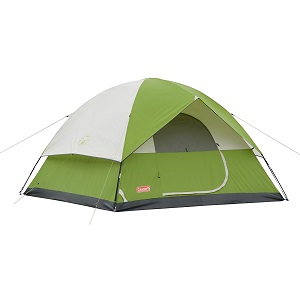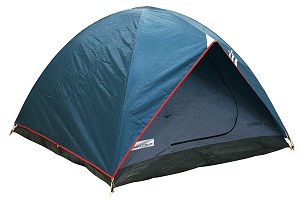Garden edging is important to keep off annoying grass, preserve paved patio, plant beds, driveway, and garden paths. It is not only functional to have garden edging but also decorative since edging can accentuate any garden plot or flower bed. Edging also keeps away species from crossing over and destroying your perennials.
Stone is one of the materials that are easy to install as edging for your garden. With stone edging, you don’t need to hire a professional gardener to have the work done. But expect that you will get dirty in the process. Stone have the ability to create various themes like formal or informal, depending on the shapes, colors, and texture of the stones you choose.
There are three common stone types used as garden edging. One is the precast stone which is actually created in any size and shape to simulate a natural cut stone and create unique shapes for various landscape areas. This type of stone edging is durable and often less expensive than some natural stone pavers. Precast stones can be pre-ordered and you can even ask the manufacturer to have the cement mixed with pigments of color or colors that will fit your current landscape theme.
Natural stone garden edging on the other hand, come in different organic shapes, tones, and textures to suit any garden area. Belgian blocks, flagstone, bluestone, limestone, and granite are just few examples of natural stone edging that are commonly used by gardeners. Similarly shaped river rocks are attractive to use in edging. River rocks create an organic, rambling look compared to other clean-cut rocks like granite which create formal look.
Brick is a popular material among gardeners who wants stone edging that does a better job in preventing bothersome grass that grows in lawn from getting into plant beds. The downside of bricks is that it lack the versatility precast stone and natural stone garden edging create. Instead it creates a traditional look that looks clean. If you want to do away with the formal look, you can lay slightly irregular bricks. But if you want a formal look, tight line should be followed in laying down bricks. New bricks are easier to install. It can be laid flat, on its sides, or up on end to create a unique visual effect and pattern.
Natural stone edging is easier to install compared to bricks. Since stone edging is a bit pricey, you need to measure the plant bed area first before purchasing from the home center. To ensure that the stones are properly installed, water the trench area after you’re done with the installing. The water will make the edging more secure.
Brick garden edging are quite challenging to install. It can be installed by laying the bricks end to end without a mortar or can be placed against each other at a 45 degree angle. Brick edging can be installed diagonally. Diagonal brick edging creates an impression of an artistic garden flowerbed, with the sharpness of the tips of the bricks guarding the softness of the flowers.
Browse Additional 6-Person to 8-Person, Camper Outdoor Camping Tents for Your Outdoor Adventure
Shop 6 to 8 Person Outdoor Camping Tents


